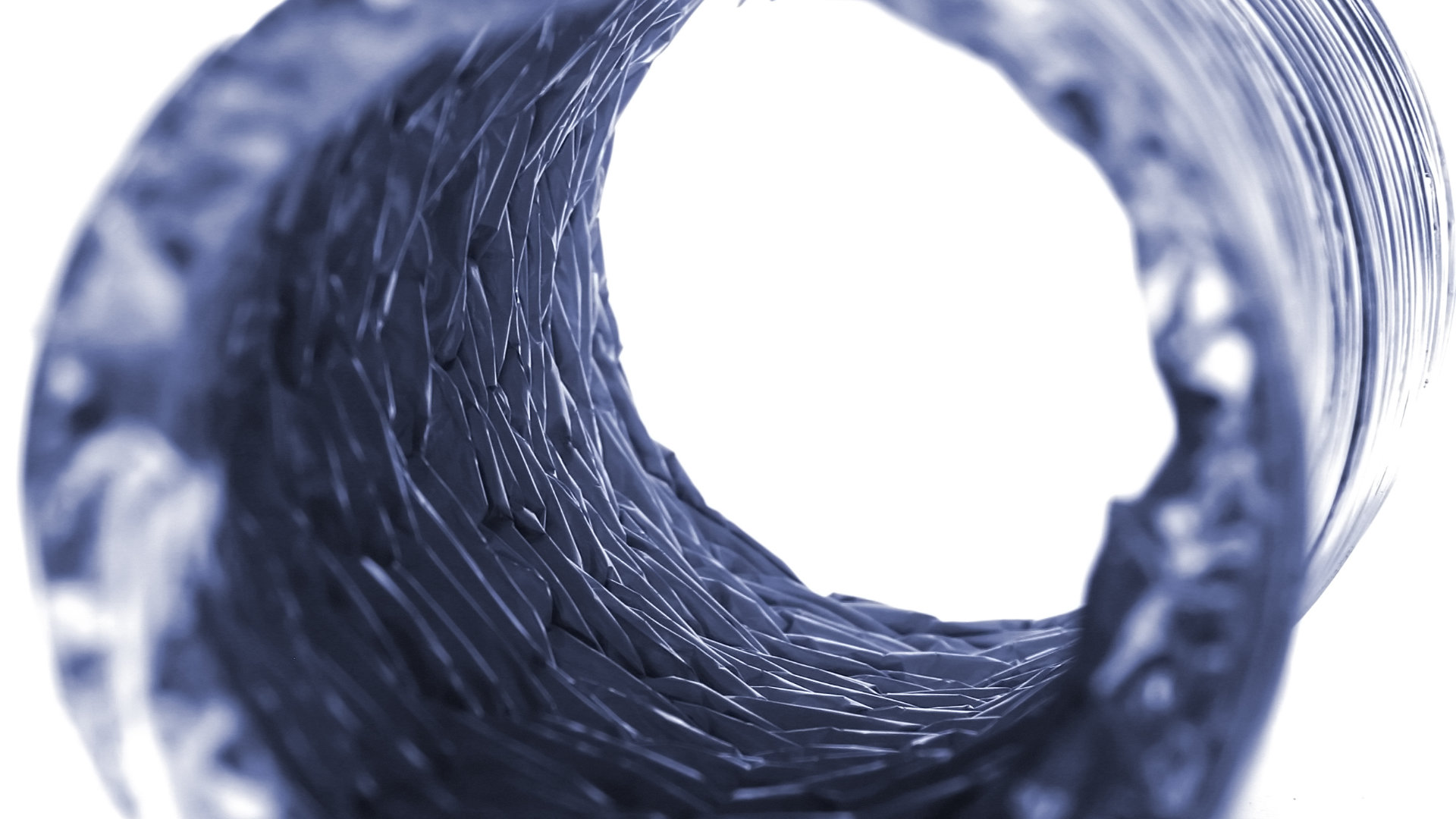
From cutting down on cooking time to conserving energy, air fryers have been gaining popularity for their many advantages in the kitchen. Many people are finding that these innovative kitchen gadgets can do more than just fry food. In fact, with some practice and the right tips, you can even use an air fryer as a substitute for your microwave for a lot of meals!
If you’ve been considering adding an air fryer to your collection of kitchen gadgets after hearing all the hype but weren’t sure what it could do, this post is here to show you just how versatile this appliance truly is.
Keep reading to learn why an air fryer may be better suited for certain cooking tasks than a traditional microwave oven—and how it can change how you construct meals!
What Does an Air Fryer Do? How Does It Work?
An air fryer is a small appliance that fits on your countertop and uses hot air and a fan to cook food. Instead of submerging your food in oil, air fryers circulate hot air around your food, creating a crispy exterior without the added fat.
Air fryers work by heating up the air inside the unit and then circulating it around your food at high speeds. This rapid circulation creates a convection effect, which cooks your food quickly and evenly.
Add a little oil to the process, and you can fry food. The hot oil swirls around in the air, coating the food, while the heat cooks the food. This process lets you fry food quickly using only minimal oil, compared to deep frying.
So, since it uses convection as a cooking method, the air fryer can function much like a small oven and is a much healthier way to fry your favorite foods.
The Advantages of Using an Air Fryer vs. Using a Microwave
Cooking has never been easier with the technology of air fryers and microwaves. Although both appliances may speed up cooking time, air fryers have several advantages over microwaves.
Firstly, air fryers use hot air to cook food, whereas microwaves use microwaves to heat up food. This means that food prepared in an air fryer comes out crispy and evenly cooked, while food in a microwave can often end up soggy or overcooked.
Secondly, air fryers require next to no oil, making them a significantly healthier alternative to traditional frying methods. Conversely, microwaves do not produce a crispy texture or have a similar healthy benefit.
Lastly, air fryers can cook a variety of foods, from chicken wings to french fries to veggies. At the same time, the options in a microwave are limited to frozen meals and reheating food.
In conclusion, while both appliances may have their uses, an air fryer offers more advantages in the realm of cooking.
Comparing Air Fryers and Microwaves
While both have unique features and benefits, they are not equal. An air fryer uses hot air and convection technology to cook food, giving it a crispy exterior similar to deep-fried food without the added oil. If you want to cook your food as you would in an oven or fry it on the stove or with a deep fryer, then the air fryer is your appliance.
On the other hand, a microwave uses waves of electromagnetic radiation to heat food quickly. While it may not provide a crispy texture, it is highly functional, especially when reheating leftovers or defrosting frozen meals. Microwaves also have the advantage of being much faster than air fryers.
Choosing between an air fryer and a microwave depends on personal preferences and specific cooking needs.
Exploring Different Types of Foods That Can Be Prepared in an Air Fryer
With an air fryer, the possibilities of what you can cook are endless. From perfectly cooked fries and crispy chicken wings to roasted vegetables and even desserts, many different types of foods can be prepared in an air fryer.
The beauty of this cooking method is that it cuts down on oil usage and maintains the crispy texture of your favorite meals. You can use an air fryer for frying and baking; many air fryers come with baking trays, letting you create fabulous cakes or other baked goods.
Ultimately, an air fryer is like a tiny oven, letting you cook smaller portions and fry food in a healthier way. Virtually any oven recipe can be scaled down to an air fryer.
The downfall of an air fryer’s versatility is liquids. Wet recipes like soups, stews, or sauces do not do well in an air fryer, as the excess liquid can damage the components of the fan since they get circulated along with the air.
So, whether you’re craving a quick snack or planning to prepare a whole meal, an air fryer is worth exploring.
Tips for Getting the Most Out of Your Air Fryer
Are you loving your air fryer but looking for ways to take your meals to the next level? Here are some tips to help you get the most out of your appliance and create delicious, healthy meals for you and your family.
First, experiment with different oils and seasonings to give your dishes a unique flavor. Don’t be afraid to get creative and try new combinations. The internet is full of amazing recipes adapted for the convenience of an air fryer.
Second, preheat your air fryer to ensure that your food cooks correctly and evenly and comes out crispy. Third, don’t overcrowd the basket—this can lead to uneven cooking and disappointing results.
And lastly, be patient! Air frying may take longer than a microwave because it cooks the food. Still, it’s worth the wait for the health benefits and delicious results.
Are a Microwave and an Air Fryer the Same Thing?
One common misconception is that air fryers and microwaves are interchangeable. They are not.
While both appliances are used for cooking and heating food, they use different methods to do so. For example, air fryers use hot air to cook food, while microwaves use electromagnetic radiation to heat food.
Another misconception is that air frying is always a healthier cooking option than microwaving. While air frying can produce crispy and flavorful food without oil, it’s important to note that not all foods are meant to be air-fried. The air fryer is best for foods that you want to cook.
A microwave is the way to go for heating liquids, melting butter, or defrosting frozen food before cooking. Many frozen meals are designed to be cooked only in a microwave. They will not cook evenly or completely in an air fryer.
Additionally, microwaving can be a healthy option for certain foods like vegetables, as it helps to preserve their nutritional content.
It’s important to understand the differences between these two appliances to determine which one is best suited for your cooking needs.
In summary, air fryers offer a healthier alternative to microwaves by reducing fat and giving foods a crisp, crunchy texture.
The process and technology behind air frying are simple yet effective for cooking flavorful meals. From fried chicken to baked potatoes, the possibilities are almost endless with the types of food you can make in your air fryer.
Plus, following just a few of the simple tips above will help you get the most out of your machine!
Lastly, despite appearances suggesting otherwise, an air fryer is not simply a convection microwave; its distinct features make it a worthwhile addition to any kitchen.
With an air fryer, you can be sure that you will have delicious meals with a lower fat content that look as good as they taste—no microwave necessary.

Your Guide to Whirlpool Microwave Replacement Parts

What to Do When Your Kenmore Dryer Won’t Start

How to Resolve the LG Washer LE Error Code

Why Does My Oven Smell Like Gas? Causes and What to Do

Maytag Dryer Not Heating? Here’s How to Fix It

6 Common Reasons Your Speed Queen Dryer Isn’t Heating

8 Reasons Your Samsung Refrigerator Is Not Cooling

9 Most Reliable Washer and Dryer Brands

How to Get Ink out of Your Dryer the Easy Way

Why Is My Fridge Making Noise That Stops When the Door Is Open?

Frigidaire Refrigerator Error Code H1: Causes & Solutions

How to Clean a Dryer Vent Without Moving the Dryer

9 Reasons Your LG Refrigerator Isn’t Cooling

LG Refrigerator Not Making Ice? Here’s What To Do!


